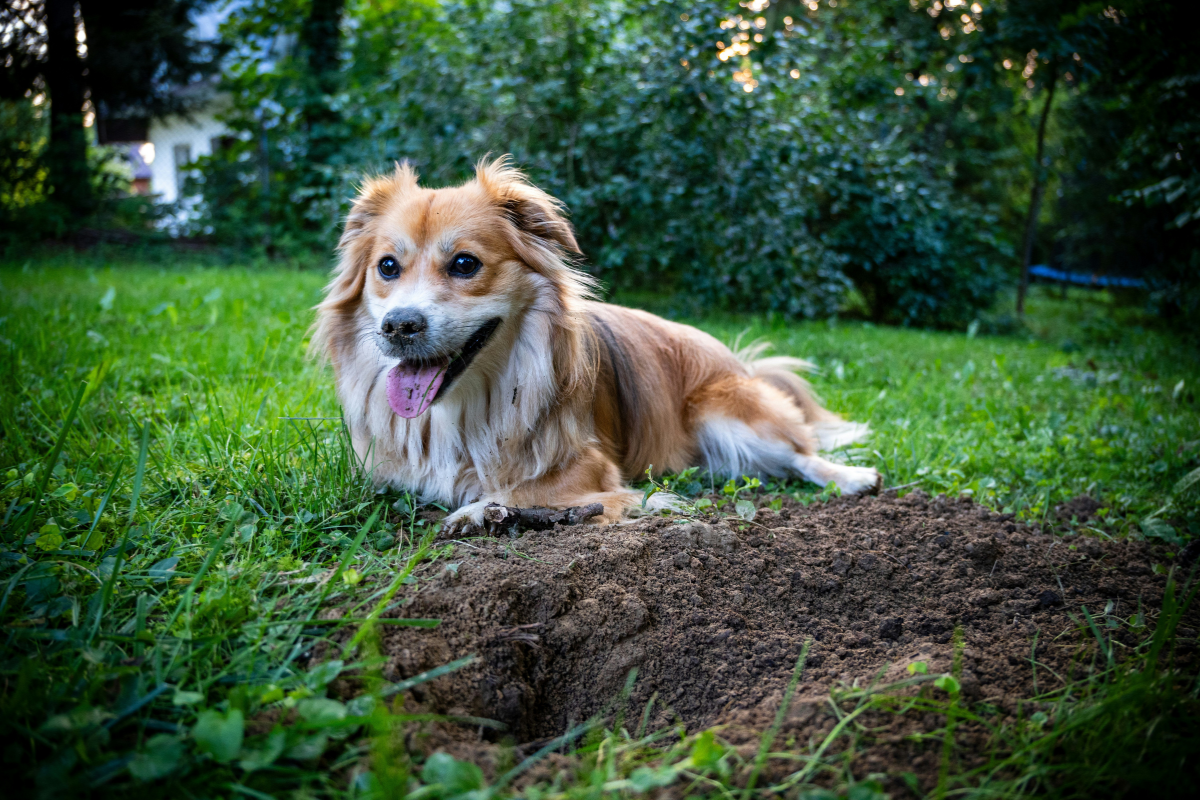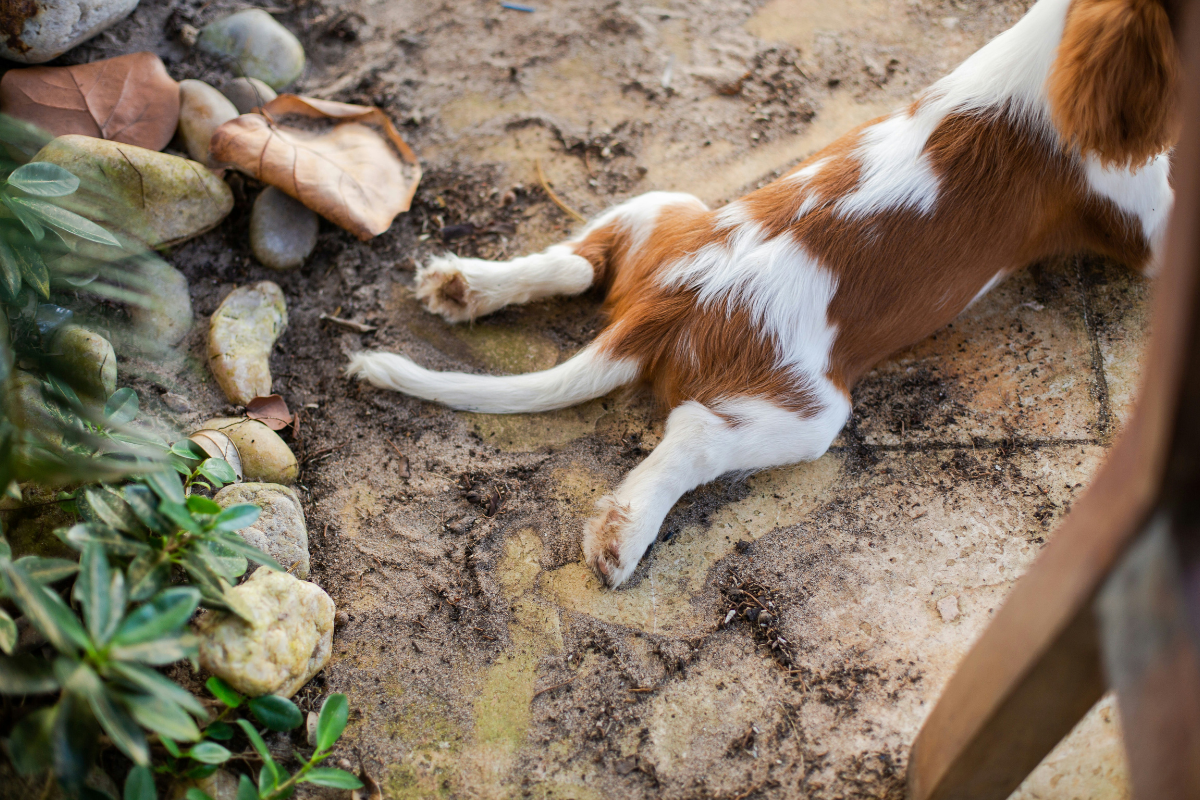How Deep to Bury a Pet: A Powerful Guide for Love
Losing a pet is one of the hardest experiences for any family. Pets are more than companions; they are true members of the household. When it’s time to say goodbye, many pet owners want to ensure their beloved friend rests with dignity and love. Deciding on a burial can feel overwhelming, especially with questions about safety, burial depth, and legal rules.
This guide is designed to give clear, gentle, and practical advice. From understanding how deep to bury a pet to honoring their memory with simple tributes, this article will help you make thoughtful and informed decisions.
Understanding Burial Depth
The most common question is how deep to bury a pet, and experts agree on a safe depth of three to five feet. This ensures your pet is protected from scavenging animals, weather conditions, and odors that may attract wildlife. As a general guideline, small pets like cats
and rabbits need at least two feet of soil above them, while larger pets like dogs require three to four feet. Soil type also matters; clay soils hold better than sandy and rocky ground. Choosing the right depth ensures both dignity for your pet and safety for the environment.
Choosing the Right Burial Spot
Finding the right place in your yard is just as important as deciding on depth. Always choose a quiet, private spot that feels peaceful. Make sure the grave is far from wells, water lines, and septic tanks to prevent contamination. Check for underground utilities before digging to stay safe.

Consider the soil and climate as well—areas with heavy rain and frost may require deeper burials. A shaded or protected area can help preserve the site over time. Choosing a respectful burial location will provide comfort and create a lasting resting place for your pet.
Preparing Your Pet for Burial
How you prepare your pet plays a big role in ensuring a safe and respectful burial. Many people choose a biodegradable burial container, such as a cardboard coffin, wooden box, or fabric shroud. These eco-friendly options allow natural decomposition and avoid harmful materials like plastic bags, which should never be used.
Wrapping your pet in a favorite blanket and soft cloth adds a personal and comforting touch. If you prefer something more structured, small pet caskets are available and designed to be safe for burial. Preparing with care helps preserve your pet’s dignity and honors their memory.
Safe Burial Practices
Safety during burial is just as important as the emotional side. Adding garden lime or natural kitty litter inside the grave helps reduce odor and discourages animals from digging. If digging deep is not possible, you can place rocks or chicken wire over the site before filling in the soil for extra protection.
In colder climates, frozen ground can make burial difficult, so it’s best to plan ahead or consider temporary storage until the ground softens. These extra measures ensure your pet’s grave remains undisturbed, clean, and safe, giving you peace of mind for years ahead.
Legal and Ethical Considerations
Before burying your pet, it’s essential to understand local laws. In many U.S. states, backyard pet burials are legal but may require following depth rules or distance from water sources. Some counties prohibit burial due to soil and water protection laws. In the U.K., it is generally legal to bury pets in your garden if you own the property and follow environmental safety guidelines.

Burial is usually not allowed if the pet was euthanized with chemicals, as this could harm wildlife. Always check local ordinances to ensure compliance and choose the most responsible option for your family.
Alternatives to Burial
If a backyard burial isn’t possible, there are many respectful alternatives. Pet cemeteries provide professional burial services, often with memorial plots and markers. Cremation is another common choice, available as private (returning your pet’s ashes) and communal (group cremation without ashes returned).
Eco-friendly options are growing in popularity, such as aquamation (alkaline hydrolysis) and biodegradable urns that can be buried and planted with a tree. Each option allows you to honor your pet while considering practicality, environment, and long-term needs. Choosing the right aftercare ensures your pet’s memory is preserved in a way that feels meaningful.
Honoring Your Pet’s Memory
A burial is not only about where your pet rests but also about how you remember them. Many families choose to mark the spot with a headstone, engraved plaque, and a simple garden stone. Planting a tree or flowers above the grave creates a living tribute that grows with time.
Other remembrance ideas include memory boxes filled with photos, collars, and toys, and even digital memorials that allow friends and family to share memories online. Honoring your pet’s memory in these ways helps create comfort, supports the grieving process, and celebrates the unconditional love they gave you.
Extra Considerations
There are situations pet owners may not think of until later. For example, if you move homes after burying your pet, you may not be able to revisit their resting place. In such cases, a portable memorial like a planter or engraved stone can keep their memory with you.
Families with children may need to explain the burial in simple, caring words to help them process grief. If your pet was euthanized, consult your vet about safe options for burial. And if digging deeply is impossible, alternatives like rocks or raised memorial beds can provide safe solutions.
FAQS
Is two feet deep enough?
Usually not at least three feet of soil above the pet is safer.
How soon must I bury my pet?
Ideally within 24–48 hours, or keep them in a cool place until burial.
Can I bury my pet in a plastic bag?
No, it slows decomposition and can cause environmental harm.
What if the ground is frozen?
Temporary storage or professional services are better until the ground softens.
Can I bury pet and human ashes together?
Laws vary, so always check local regulations.
Conclusion
Burying a pet is an emotional and practical decision that deserves thoughtful planning. By choosing the right depth, location, and preparation, you create a safe and respectful resting place. Always check local laws to stay compliant and consider alternatives if burial is not possible.
Most importantly, find meaningful ways to honor your pet’s life, whether through a marker, a tree, or cherished memories. While the loss is painful, a carefully planned burial helps bring peace, allowing you to focus on remembering the love, joy, and companionship your pet brought into your life.

